Disconnecting a downspout
A downspout is a pipe that carries rainwater from a roof to ground level or into the ground or sewer system.
Not every downspout that goes into the ground is necessarily connected to the sanitary sewer system.
The Region will investigate and advise homeowners if their downspouts are connected to the sanitary system. We might perform a downspout survey or smoke testing to confirm the connectivity.
The benefits of disconnecting a downspout
Disconnecting a downspout that’s connected to the sewer system is an easy way to protect your home.
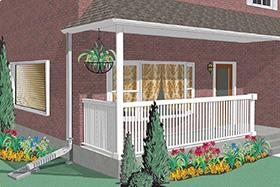
By disconnecting a downspout you’ll:
- Help keep excess rainwater out of Peel’s sewer system, which reduces the risk of flooding.
- Improve the water quality flowing to local streams and rivers.
- Give your lawn and garden a free source of water.
Disconnecting a downspout lets storm water flow away from your home’s foundation onto gardens, landscaped areas and lawns on your own property. The water then slowly soaks into the ground, where it is naturally filtered and returned to the water table.
Ways to disconnect your downspout
Not every downspout that goes into the ground is necessarily connected to the sanitary sewer system.
Peel Region employees will disconnect your downspout free of charge if it is found to be connected to the sanitary sewer system. Or you can disconnect it yourself.
Disconnection by Peel Region
The Focused Fully Funded Program is operated by the Region. Homeowners do not need to pay for the disconnection or take any other action.
A Regional staff member or contractor will:
- Identify the connected downspouts.
- Determine the most effective way to disconnect.
- Perform the disconnection work.
This work will be performed in close communication with you. Any downspout that is found to be directly connected to the sanitary sewers will be disconnected as per the requirements of the mandatory program.
The Focused Fully Funded Program is rolled out on a neighbourhood-by-neighbourhood basis (called blocks). Blocks with higher priority naturally are started earlier. Blocks are prioritized based on the history of flooding, overflows of sewers to the environment, and sanitary sewer capacity limitations.
If you have other questions or require more information, please email us.
Disconnecting on your own
As a property owner it’s your right to disconnect your own downspouts if you wish. However, we only cover the cost of the work performed by the Region, so if you disconnect your own downspout, there is no subsidy.
Disconnect your downspout on your own if:
- You can disconnect it safely, without causing a hazard for you or your neighbour.
- You can point the downspout away from your home’s foundation.
- You can keep the flow of your disconnected downspout directed away from your neighbor’s property.
Instructions for disconnecting your downspout on your own
Instructional video on disconnecting your home’s downspout
Capping your standpipe
Capping prevents stormwater from entering the system after downspout disconnection but also is a safety measure to ensure debris and small animals do not enter the opening.
Standpipes can be constructed of plastic or clay and will have different diameters, which will be specific to your property.
Caps and plugs come in a variety of styles and sizes which are available at many hardware stores or plumbing supply stores. Measure the diameter of your standpipes before visiting the store to purchase caps or plugs.
Property owners can use:
A rubber cap secured by a hose clamp or a PVC or nylon cap

A rubber cap secured by a hose clamp.
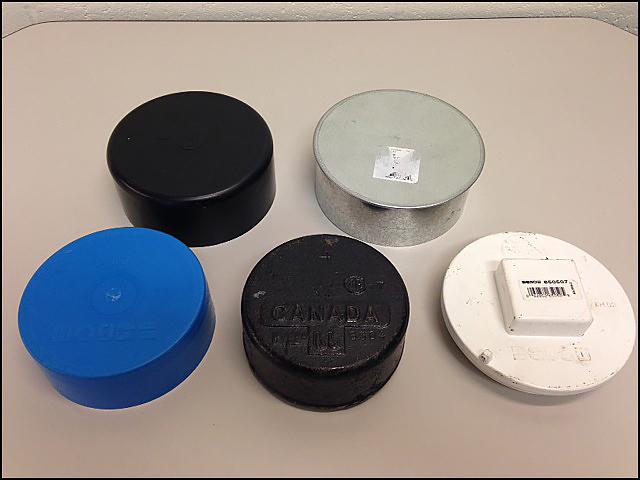
PVC or nylon cap.
A wingnut secured nylon expansion plug or a low pressure plug
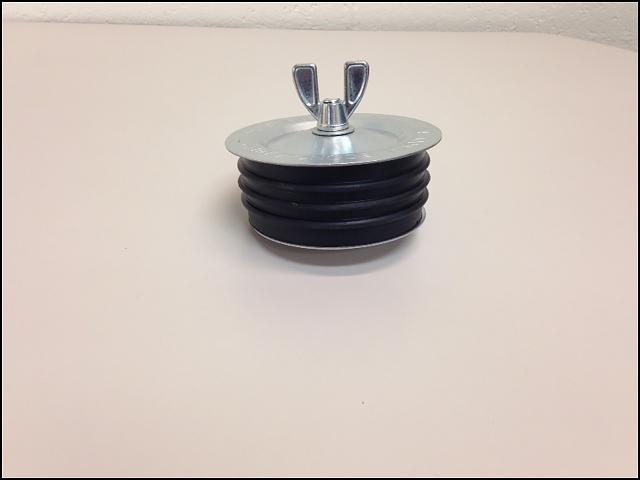
Wingnut secured nylon expansion plug.
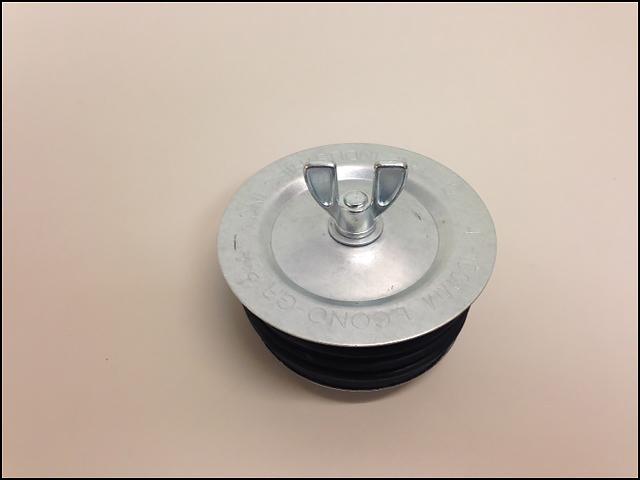
Wingnut secured nylon expansion plug.
Caps or plugs can be permanently secured using silicone adhesive or contact cement which will be dependent on the material type of the standpipe.
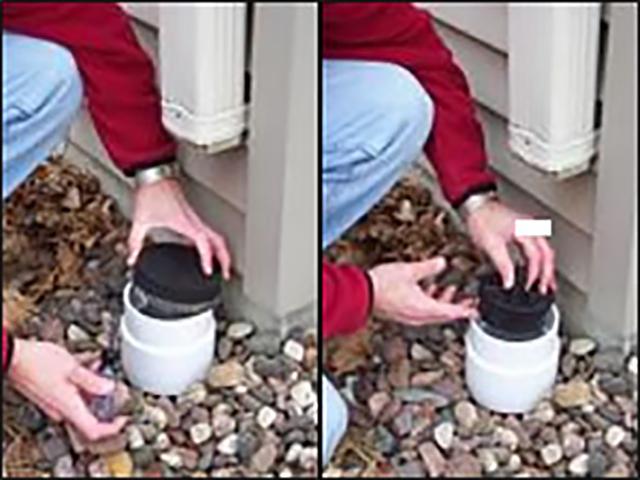
Capping your standpipe.